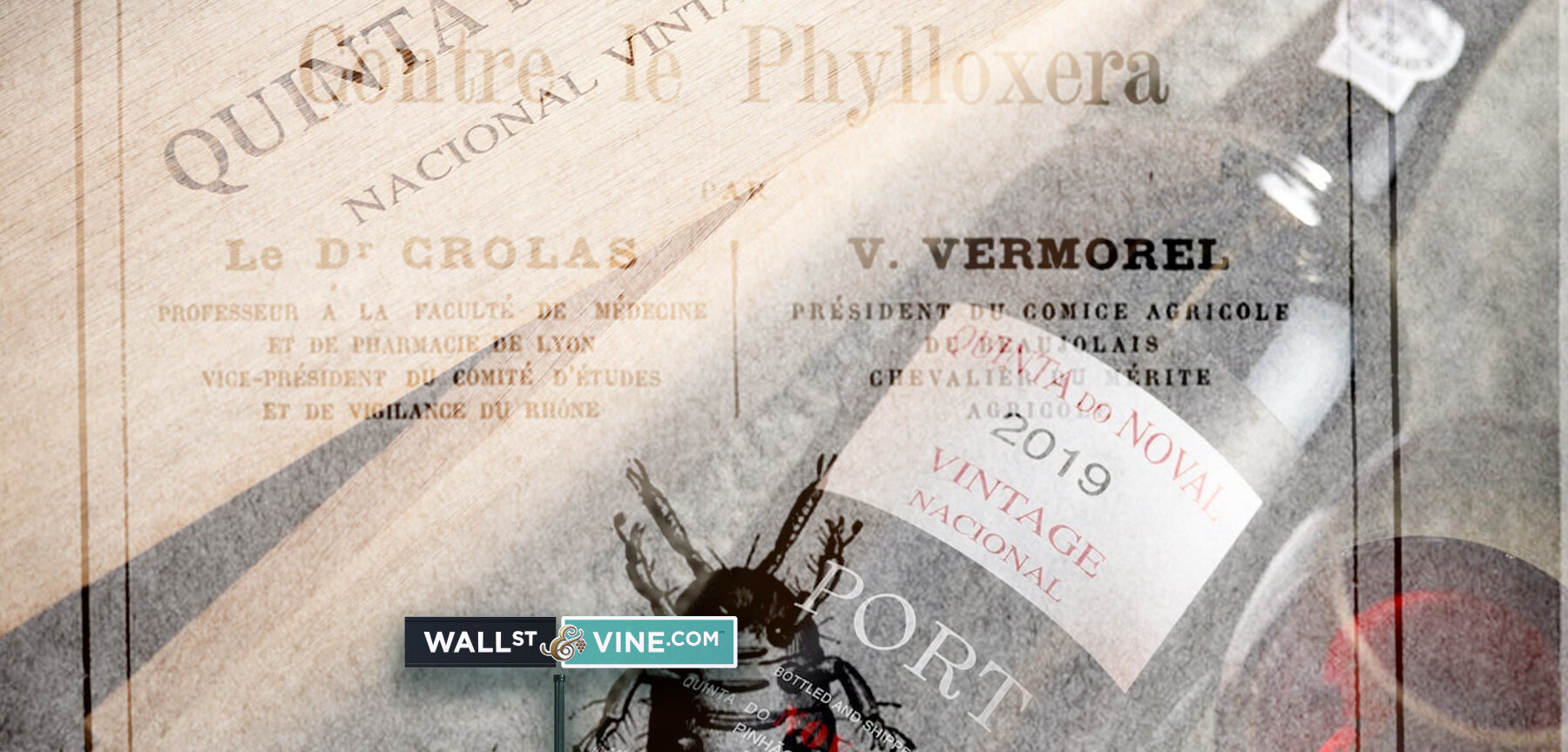What does a louse have to do with Portugal's rarest Port and to me being an Australian?
The short answer is everything, but first, you need some back story.
I met Christian Seely in the Douro Valley in Portugal in July '21. Christian has run Quinta do Noval, one of Portugal's leading wine estates, and the rest of the AXA Millésimes wine businesses that include Château Pichon Baron, for more than 20 years. I was leaving to meet Christian from Pauillac, France, and in our planning emails, Christian had me laughing before even meeting him in person when he suggested that a 9-hour drive from Pauillac is just a quick drive up the road for an Australian. With Covid restrictions on most forms of travel, he did that 'quick' 9-hour drive many times over the last 18 months.
Christian arranged a late afternoon tasting and vineyard tour, followed by dinner at home with his family at the Quinta do Noval estate. My excitement begins overflowing when we arrive because Christian mentions that the 2019 Nacional Vintage Port is just released, and we'll be some of the first people to try it.
What's so special about the Nacional? Starting in the 1860s, Europe lost almost all its grapevines and wine business to a very persistent louse called phylloxera. Not far from Christian's house on the estate, there is a small two-hectare parcel planted with ungrafted vines that were not destroyed by phylloxera. The word "Nacional" refers to the fact that these vines are Portuguese vines growing in Portuguese soil with no foreign rootstock; they are "attached to the soil of the Nation". The Nacional Vintage Port made from these vines is a source of pride to the people of Portugal, and at its best, the finest expression of the extraordinary terroir of Quinta do Noval. The Nacional is extremely rare. In years when a Nacional Vintage is declared, 200 to 300 cases are made and instantly become the most sought after Port in the world.
The photograph of the vineyard shared here shows the vines that are the source of the Nacional growing in a delightfully unruly and untrained fashion, doing their own thing. The resulting wine is just the same. Quinta da Noval points out that Nacional does not necessarily follow the same rhythm as the rest of the Quinta. A great Nacional is produced in some years when Noval does not declare the broader Quinta do Noval Vintage. In others, Quinta do Noval makes a great Vintage Port, and the Nacional does not perform.
Tasting the Nacional is an electric experience because the wine is so exuberant. Its fruit characters are vibrant, and the tannins are fine but persistent, promising lots of aging potential. All of the wine made at Quinta do Noval comes from grapes trodden by foot, and this artisan element brings me bonus joy because I imagine this happening as I sip.
My nationality is shaped by phylloxera. My mother's family is from the Dalmatian Islands in Croatia. In the late 1800s, viniculture and fishing were Dalmatia's core economic activities. The relatively isolated Dalmatian islands had their golden age in the 1870s to early 1890s because the vineyards in Western Europe were already crippled by phylloxera, and so demand for Dalmatian wine soared. But then, in 1894, the louse made its way to the Dalmatian Islands. My mother's grandfather was a ship's captain and saw his livelihood quickly dry up. Being quite enterprising, he wrote to Burns, Philp and Company in Australia seeking command of a ship and somehow secured one. He sailed with his young family to Far North Queensland, and so began my Australian story. Burns Philp is now no more, but Angus Burns is an old friend, and we've loved exploring the story of our shared history.
The rootstocks of American native grapevines proved to be resistant to phylloxera. Innovation was brought to bear, and European vines were grafted onto American rootstocks, and the European wine industry was saved.
Thank you, Christian and Angus.




